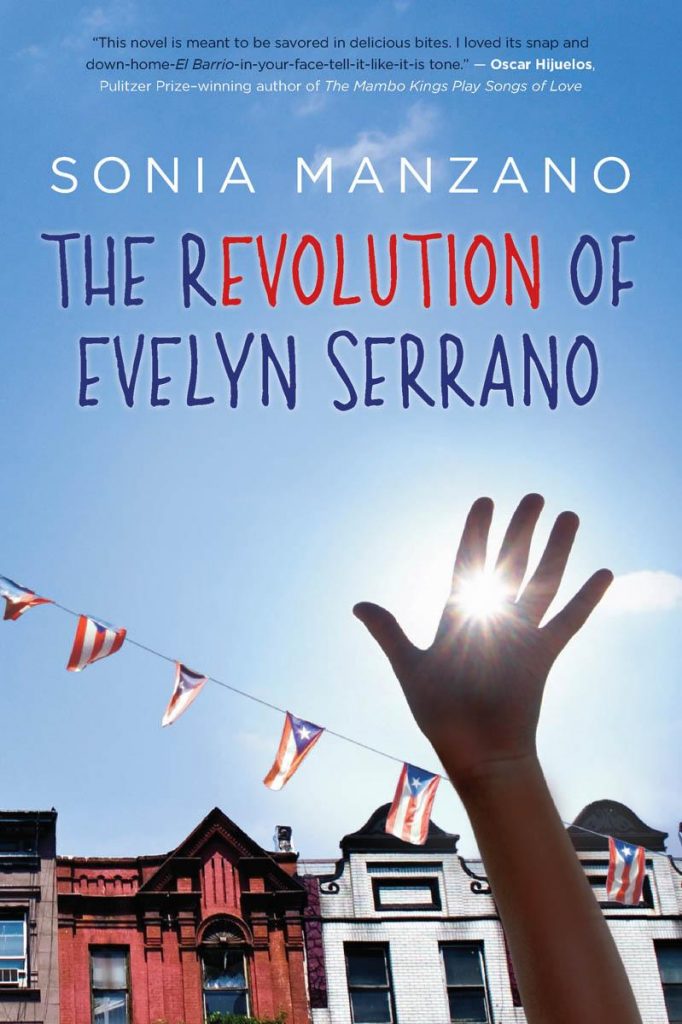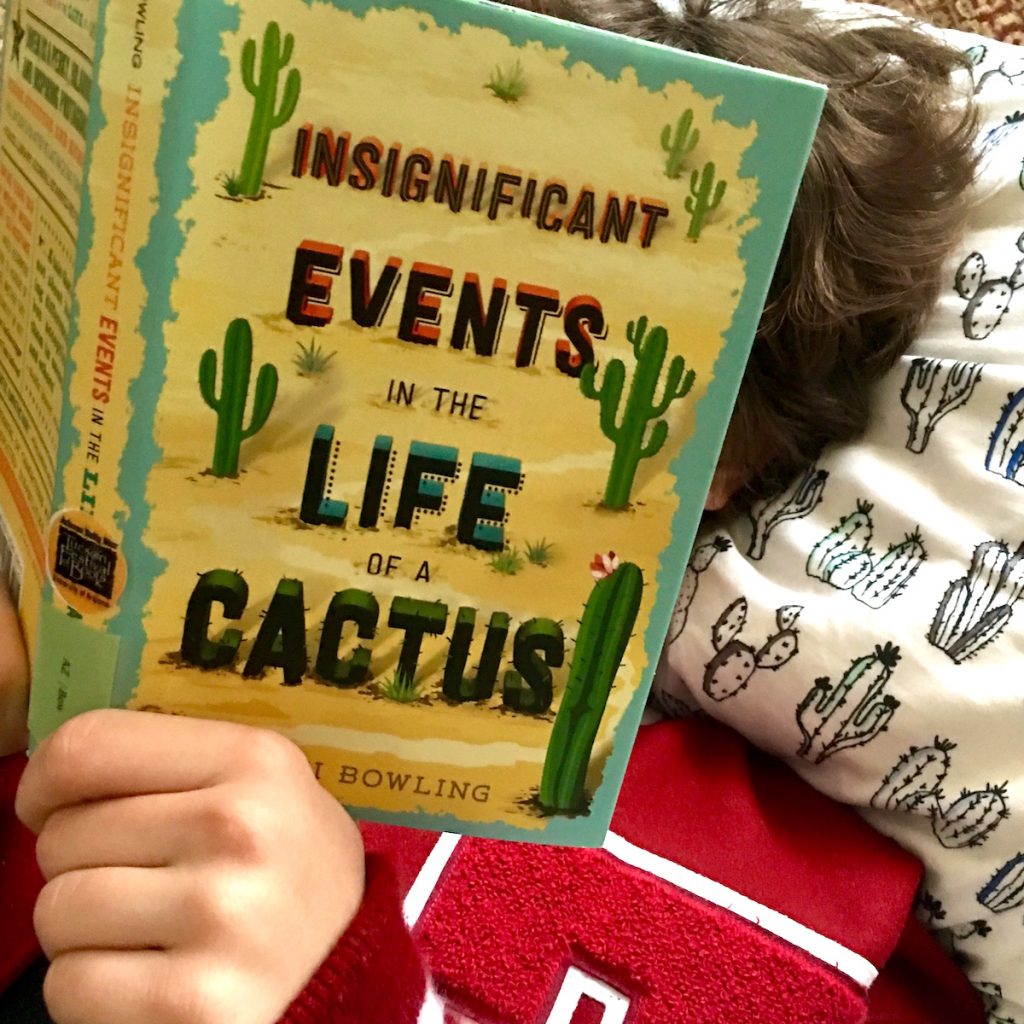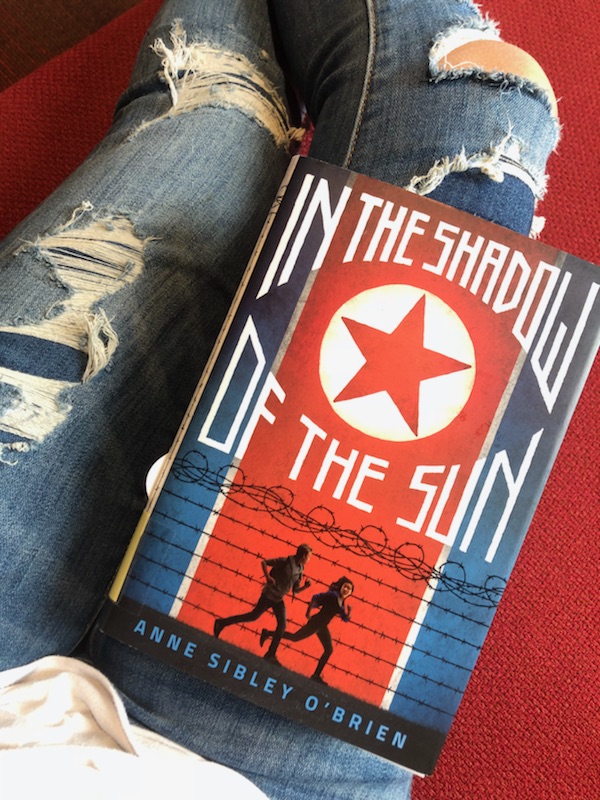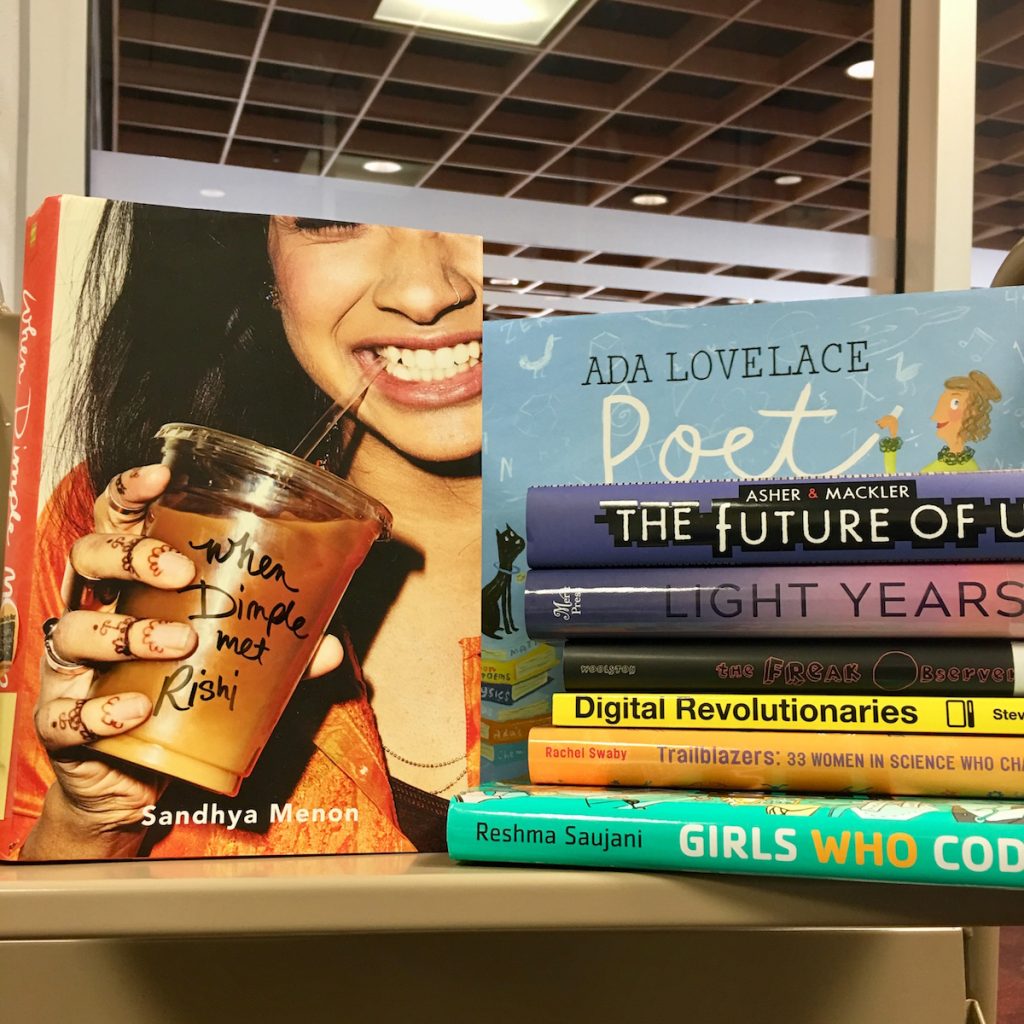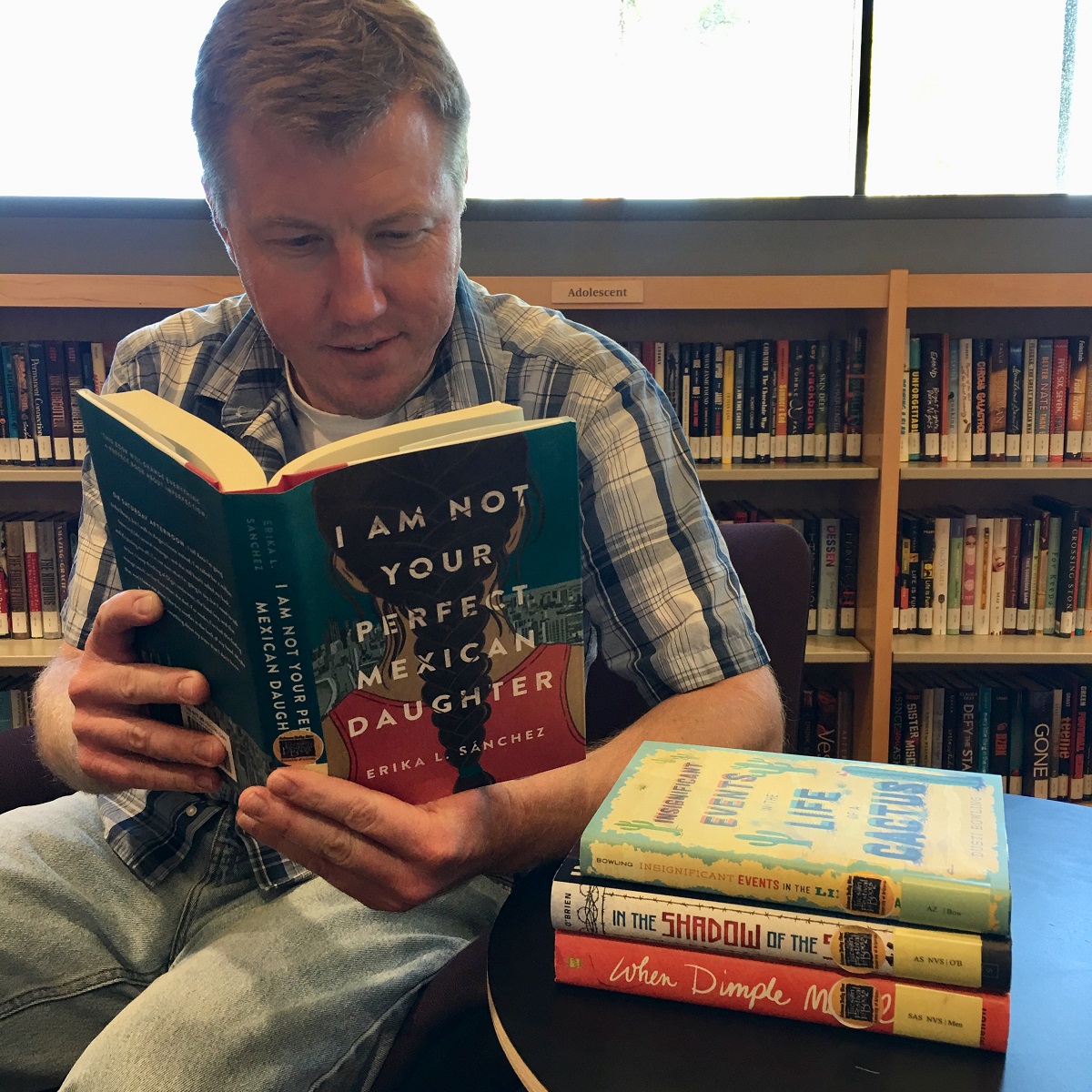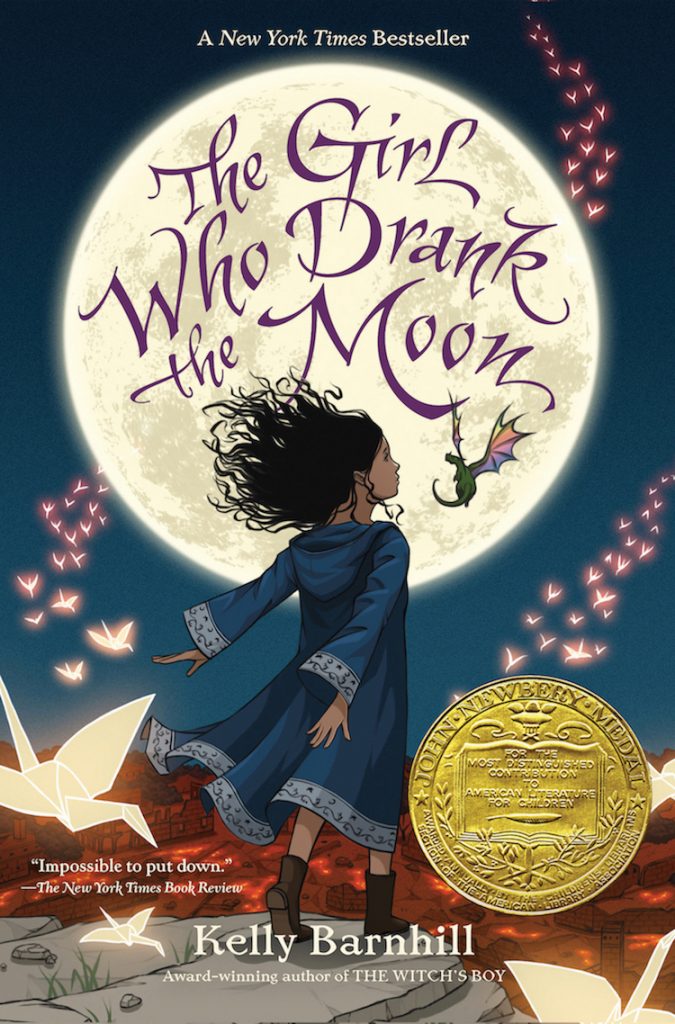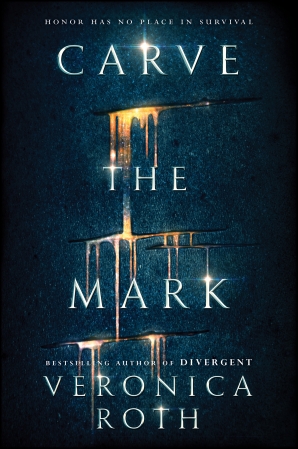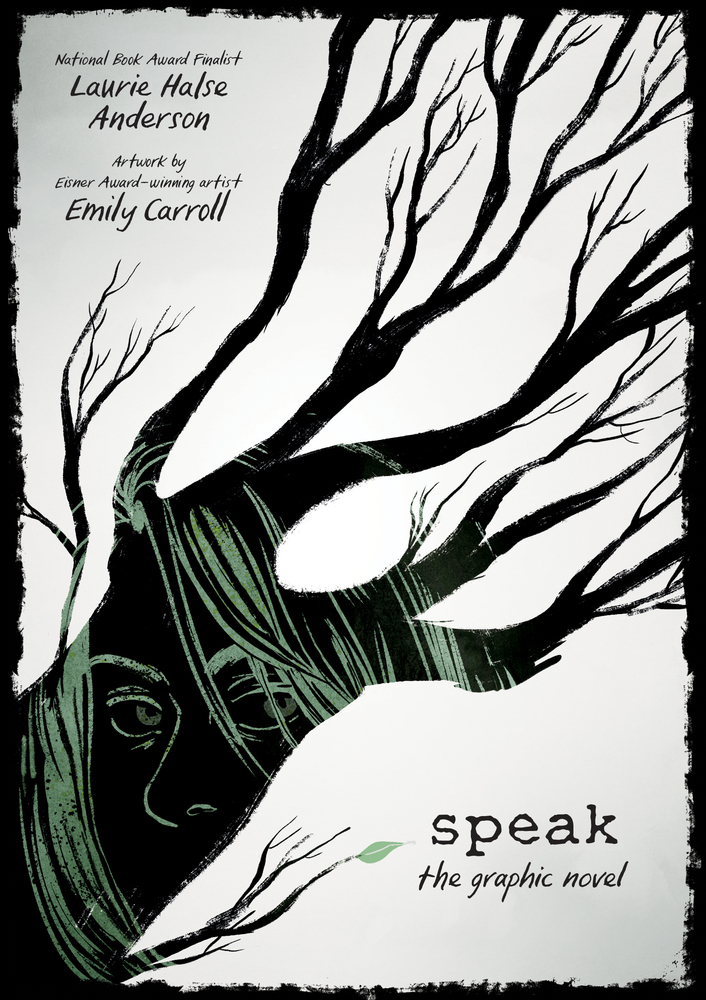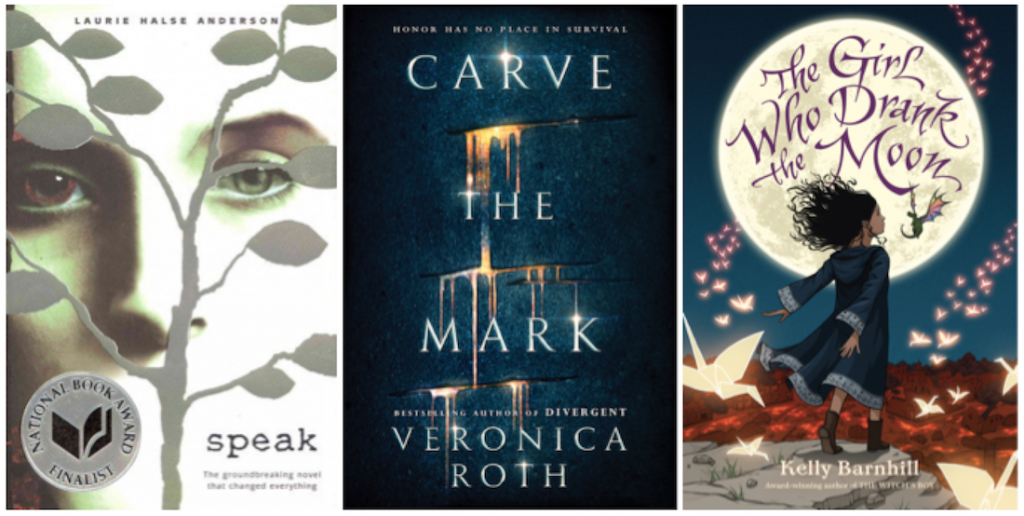By Teri Davis, Robin Sowell and Lisa Stockdale, Kershaw County School District, and Julia López-Robertson, University of South Carolina
Girl Young Lords!! Yes, for the first time, there were girl Young Lords.
This quote is the most relative to my classroom today. In The Revolution of Evelyn Serrano by Sonia Manzano, Evelyn is almost set on fire for the revolution’s cause after seeing girls like her who were Young Lords. It gives her something greater to connect to other than the needs of her people. It gives her a “hero”, someone she relates to and admires. One general strategy for ELLs is to ensure our classrooms are welcoming places that represent all cultures. Having texts in my classroom to support ELLs is a positive and necessary part of my instruction. Continue reading


